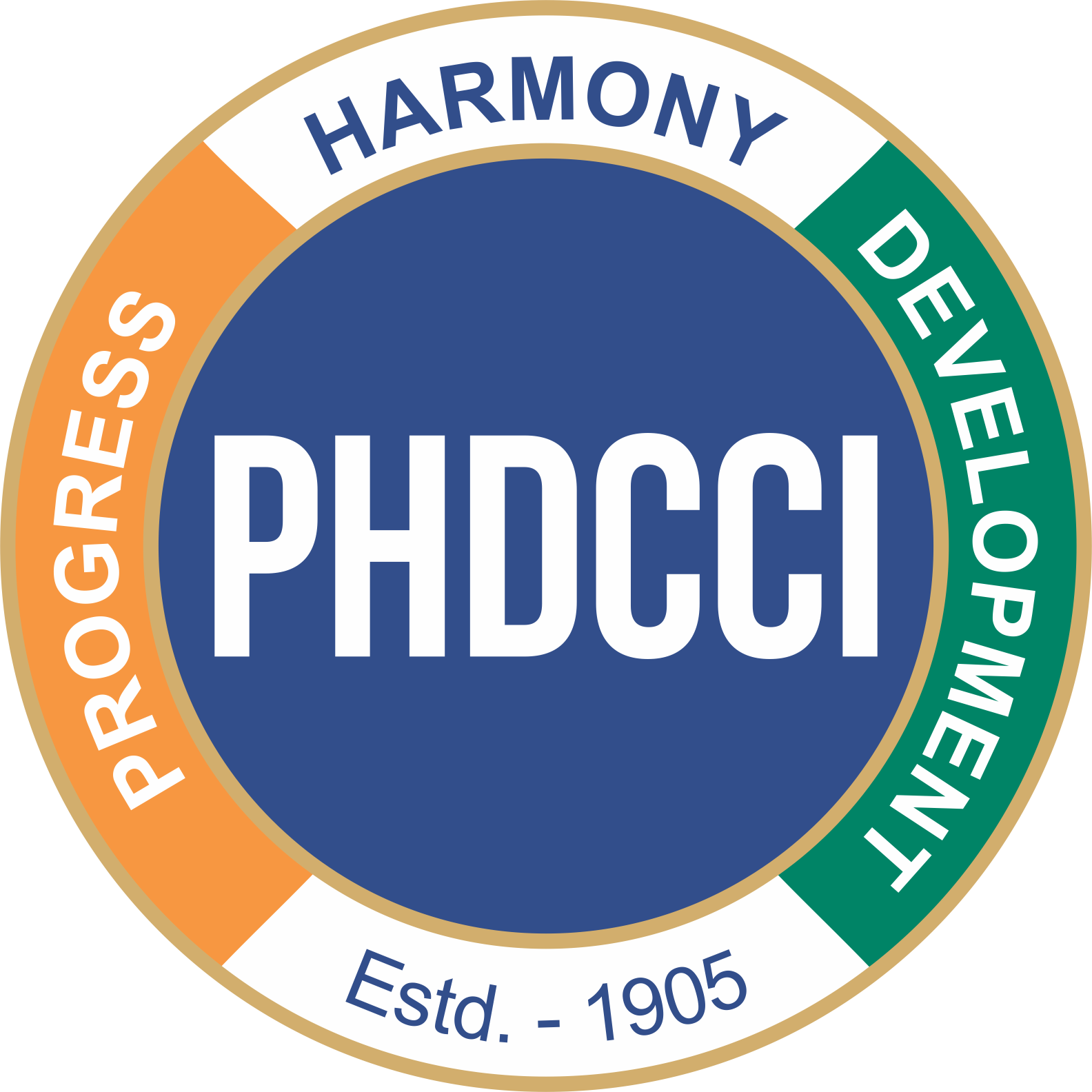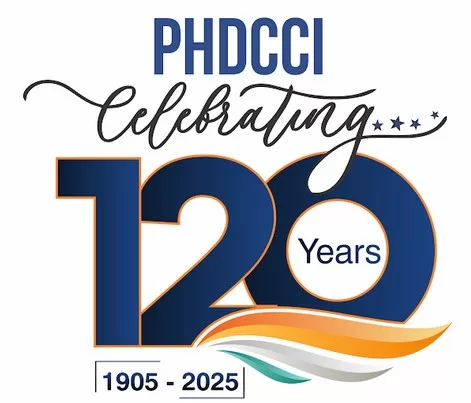No. PR -241
March17, 2022
New Delhi
Change in GST composition has significantly reduced the incidence of indirect taxation, says PHD Chamber Analysis
The GST has removed the cascading impact of multiple indirect taxes on businesses, benefitted traders and manufacturers through significant reduction in the inter-state transaction costs and has significantly reduced the incidence of multiple indirect taxation through changes in the composition, said Mr Pradeep Multani, President, PHD Chamber of Commerce and Industry, in a press statement issued here today.
There has been substantial shifting of goods from high tax slabs to lower ones after the implementation of GST. The number of items under the highest tax slab of 28% has come down to only 3% in January 2022from 17% at the time of implementation of GST, said Mr Pradeep Multani.
Many items have been shifted to 18% or less than 18% tax slabs from 28% during around last five years, said Mr Pradeep Multani.
GST tax slab of 18% contains around 44% of goods under its ambit as of now as compared to around 33% at the time of implementation of GST, said Mr Pradeep Multani.
The number of items under the 12% tax slab has increased to 19% in January 2022 from around 18% in July 2017, said Mr Pradeep Multani.
GST tax slab of 5% accommodate around 21% of goods under its ambit as compared to 19% at the time of implementation of GST, said Mr Pradeep Multani.
The number of items under the 3% and 0.25% tax slabs remained almost same at around 1% and 0.2% respectively since July 2017. The number of items attracting nil (0%) GST increased marginally to around 12% as on January 2022 from 11% at the time of GST implementation, said Mr Pradeep Multani.
On a broader basis and in accordance with weighted average of the tax slabs and number of items in different GST slabs, the incidence of GST taxation has come down to 12.1% as on January 2022 from around 14% at the time of GST implementation (July 2017), said Mr Pradeep Multani.
Since the implementation of GST in July 2017, significant changes have been made in the composition of GST framework on the basis of various recommendations of GST Council, which has resulted in the decrease in the incidence of GST, said Mr Pradeep Multani.
At this juncture, it is suggested that the petroleum products should be brought under the ambit of GST to remove the cascading impact of taxes such as excise duty, central sales tax including value added tax. It is suggested to bring the Aviation Turbine Fuel (ATF) & Piped Natural Gas (PNG) under the GST to enable the companies avail the benefit of Input Tax Credit, said Mr Pradeep Multani.
GST rates should be further rationalised to create tremendous demand in the economy, subside the inflationary pressures, enhance the sentiments of producers for production and create employment opportunities for the growing workforce in the country to help to make it a good and simple tax, said Mr Bimal Jain, Chair, Indirect Taxes Committee of PHD Chamber of Commerce and Industry.
Though GST has stabilized to a large extent over the years, the business entities are still grappling with some issues such as blockage of GST credit on certain inputs and input services, complicated process of availing credit, among others. Such issues must be resolved at the earliest for facilitating the businesses with enhanced ease of doing business and providing a thrust to the growth trajectory of Indian economy, said Mr Bimal Jain.
Going ahead, the Government’s efforts towards further liberalization of the GST norms, ease in procedures, shift of goods into the lower tax slabs, among others will result in further promotion of ease of doing businesses, boost in manufacturing, increase in price-cost margins of manufacturers and generation of employment opportunities in the economy, said Mr Bimal Jain.
*END*
Warm Regards,
Media Division
PHD Chamber of Commerce and Industry






